The Age of Empires (AoE) franchise stands as one of the most iconic real-time strategy (RTS) game series, celebrated for blending historical depth with engaging gameplay. At the heart of AoE lies its “civilizations” – diverse playable factions modeled on real-world societies spanning centuries of history. Each civilization offers a unique identity defined by special units, distinct bonuses, and tailored technology trees. Choosing the right civilization is more than a cosmetic choice; it fundamentally influences your playstyle, strategic options, and overall experience. Titles like Age of Empires II and IV highlight this diversity, combining competitive depth with educational insight into history’s great cultures. This guide will explore what makes each civilization unique and how to leverage their strengths for victory.
How Age of Empires Civilizations Work: Bonuses, units, and tech trees
Every civilization in Age of Empires is defined by core mechanics that shape its gameplay and strategy. At a basic level, these include:
- Civilization Bonuses: These are passive perks affecting economy, military, or defenses. For example, the Franks in AoE II benefit from faster cavalry production and stronger knights.
- Unique Units: Special military units unavailable to other civilizations. The Britons’ longbowmen with superior range exemplify this.
- Unique Technologies: Exclusive tech upgrades that enhance units or buildings, often unlocking new strategic possibilities.
- Tech Tree: A civilization’s available units, buildings, and upgrades, which can differ even significantly between factions.
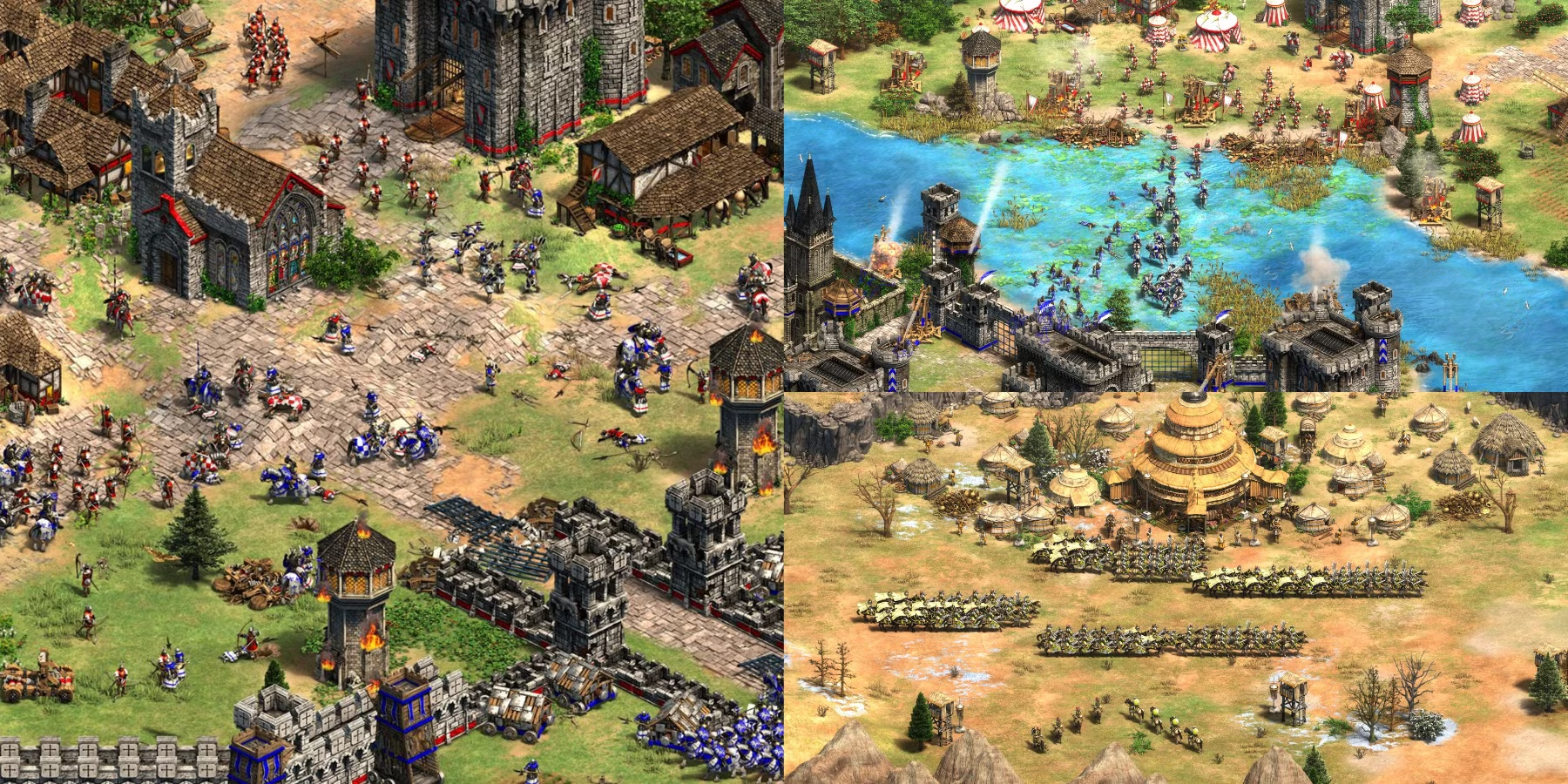
Most AoE games further differentiate civilizations through expansions and ongoing balance patches, continuously tweaking strengths and weaknesses. For instance, Mongols feature highly mobile buildings, enabling a fast-paced, aggressive style uncommon in other civilizations. Understanding these mechanics is essential before delving into broader strategic archetypes, as it frames how each civilization fits into the game’s complex meta.
Age of Empires Civilizations: Complete list and key characteristics (2025)
Below is a summarized selection from key AoE titles showcasing civilizations with their iconic traits, unique units, and strategic difficulty. This snapshot helps grasp the variety available to players in 2025, including newest additions from expansions.
| Game Title | Civilization | Era / Region | Unique Unit | Special Bonus | Difficulty / Playstyle |
|---|---|---|---|---|---|
| AoE II: Definitive Edition | Aztecs | Mesoamerica | Eagle Warrior | Military units +15% HP | Medium / Aggressive infantry |
| AoE II: Definitive Edition | Britons | Medieval England | Longbowman | Town Centers cost less from Castle Age | Easy / Archer-focused |
| AoE IV | English | Medieval England | Longbowman | Villagers gather food faster from sheep | Easy / Defensive, ranged |
| AoE IV | Malians | West Africa | Gbeto | Buildings cost less wood | Medium / Flexible economy |
These examples highlight the range of strategic complexity and thematic flavor found in AoE civilizations. From infantry-heavy Aztecs to archer-centric Britons and flexible Malians, there is a civilization for nearly every tactical preference.
Infantry Civilizations
Infantry civilizations excel at producing strong and often overwhelming foot soldiers. Their units tend to be durable and effective in melee combat, making them ideal for players who favor steady frontline battles and holding ground. Key archetypes include:
- Goths (AoE II): Known for rapid infantry production and cheap units, ideal for relentless aggression.
- Japanese (AoE II): Infantry have increased attack speed, making their swordsmen and samurai deadly in battle.
- Byzantines (AoE IV and AoE II): Balanced infantry with strong defensive bonuses and versatile units.
Strengths: High unit sustainability, strong defensive holds. Weaknesses: Often weaker in ranged support or cavalry, vulnerable to hit-and-run tactics.
Archer Civilizations
Archers form the backbone of ranged aggression, offering players tactical depth through micro-management and map control. These civilizations shine with units that excel at distance damage and mobility.
- Britons (AoE II & IV): Longbowmen with unmatched range, perfect for harassing enemy economy from afar.
- Ethiopians (AoE II): Archers with increased firing speed and strong early-game pressure.
- English (AoE IV): Archers benefit from cheaper Town Centers, enabling a safer, long-range defensive game.
Strengths: Superior ranged harassment and map control. Weaknesses: Often fragile units vulnerable to cavalry or siege.
Cavalry Civilizations
Cavalry civilizations emphasize mobility, map dominance, and quick strikes. Their fast-moving units enable hit-and-run tactics and raiding strategies, ideal for players who prefer aggressive, dynamic gameplay.
- Franks (AoE II): Legendary knights with extra health and one of the strongest cavalry lines in the game.
- Mongols (AoE II & IV): Exceptional mobility with unique mobile buildings for fast expansion and raiding.
- French (AoE IV): Powerful cavalry with economic bonuses allowing sustained aggressive engagements.
Strengths: Speed, raiding potential, map control. Weaknesses: Typically require good micro and can struggle if caught off guard or heavily fortified.
Hybrid/Versatile Civilizations
Hybrid civilizations do not rely on just one unit type; instead, they offer flexible strategies, excelling in multiple areas like economy, infantry, cavalry, and archers. These civilizations allow adaptive playstyles and late-game diversity.
- Byzantines (AoE II & IV): Balanced tech trees provide both strong infantry and siege options.
- Chinese (AoE II): Strong late-game economy with a diverse roster, from archers to powerful gunpowder units.
- Ottomans (AoE IV): Versatile military options combining infantry, ranged, and siege with economic advantages.
- Malians (AoE IV): Rich economy and flexible unit compositions allow both defensive and offensive play.
Strengths: Flexibility, ability to shift strategies mid-game. Weaknesses: Often not specialized, meaning matchups vs. specific archetypes require skillful play.
How to choose the right Civilization: Beginner and intermediate advice
Selecting the right civilization depends largely on your preferred playstyle, strategic comfort level, and whether you lean toward aggressive or defensive tactics. Consider these tips:
- Start Simple: Choose forgiving civilizations with straightforward economic bonuses such as the Franks (cavalry) or the English (archers). Their bonuses ease resource management and unit production.
- Identify Your Archetype: Ask if you prefer fast infantry rushes (Goths), ranged harassment (Britons), or mobile cavalry raids (Mongols). Pick accordingly.
- Learn One at a Time: Master a single civilization’s strengths before exploring others to avoid overwhelm.
- Utilize Community Resources: Leverage AoE wikis, tutorial videos, and strategy forums to deepen your understanding.
Common Beginner Mistakes: Avoid complex economies like the Chinese early on, as managing their tech tree can be challenging. Similarly, don’t try to micro-intensive archer civs without practice.
FAQ Snippet:
- Q: Which civ is easiest for beginners? A: Franks and English are widely recommended due to their strong economy and straightforward units.
- Q: What is the most powerful civ in 2025? A: No single civ is top-tier universally; balance patches strive for parity. However, Mongols and Franks remain highly competitive.
- Q: Are civilizations important in 1v1 vs team games? A: Yes; some civs excel with team bonuses and synergy, while others shine in solo play.
Supplementary FAQs and Tips for Age of Empires Civilizations
What is a Unique Unit?
A unit exclusive to a civilization that often has special abilities or superior stats, providing unique tactical options.
What is a Tech Tree?
The structured set of available technologies, units, and buildings a civilization can research or build.
How do AoE II and IV civilizations differ?
While both emphasize historical factions, AoE IV introduces more hybrid and dynamic tech tree designs with a modern balance approach.
Can you win with any civilization?
Yes, skill and strategy often outweigh civilization choice, but understanding your civ’s strengths maximizes your chances.
How often are civilizations updated?
Regular balance patches and expansions adjust civ strengths based on meta trends and player feedback.
Which civilizations work best in team play?
Civs with strong economic bonuses or supportive unique units like Byzantines or Malians often thrive in team games.
Resources and Further Reading
To continue improving your Age of Empires knowledge and stay current with updates, consult these trusted resources:
Conclusion
Age of Empires civilizations represent the heart of the franchise, each offering unique units, bonuses, and playstyles that keep the game endlessly replayable. From the infantry-heavy Aztecs and archer-focused Britons in AoE II, to the versatile English and resourceful Malians in AoE IV, civilizations define both strategy and player identity. Whether you prefer defensive turtling, fast rushes, or economic mastery, there is always a civilization tailored to your tactical vision.
As new expansions continue to add more factions and balance updates, mastering civilizations remains a rewarding journey for both veterans and newcomers. If you’re passionate about exploring detailed strategies, tier lists, and the latest updates, don’t forget to check back on SoftBuzz for fresh insights and comprehensive guides to all things Age of Empires.

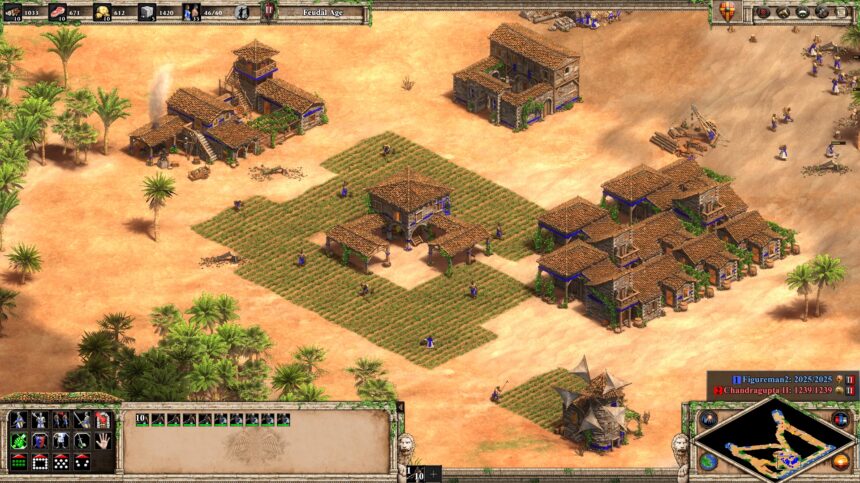
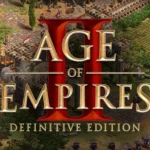


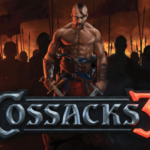


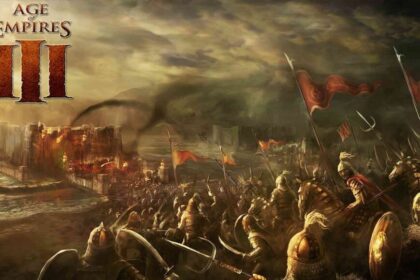
![[Bloody Roar 2] Download Full Character Free Arena Beast 2 Game 19 [Bloody Roar 2] Download Full Character Free Arena Beast 2 Game 18](https://softbuzz.net/wp-content/uploads/2020/07/Bloody-Roar-2-cach-tai-dau-truong-thu-2-full-nhan-vat_softbuzz_7.jpg)
